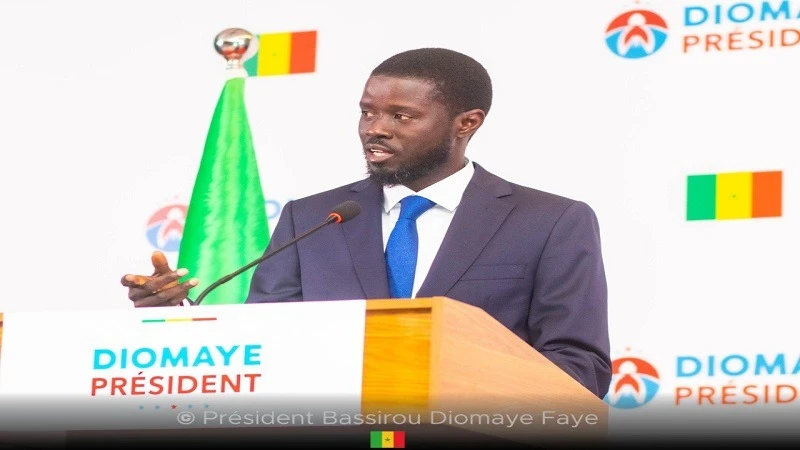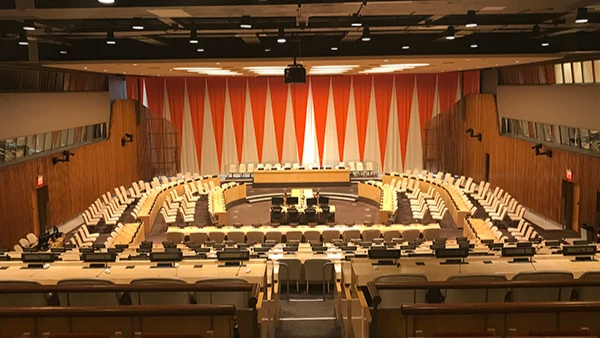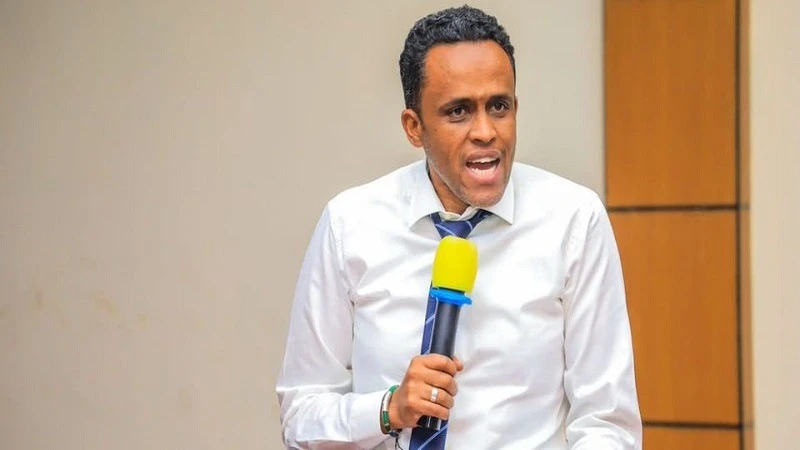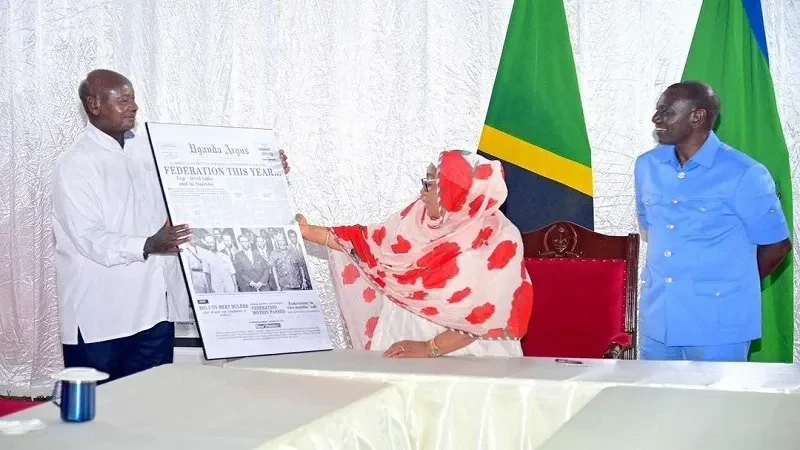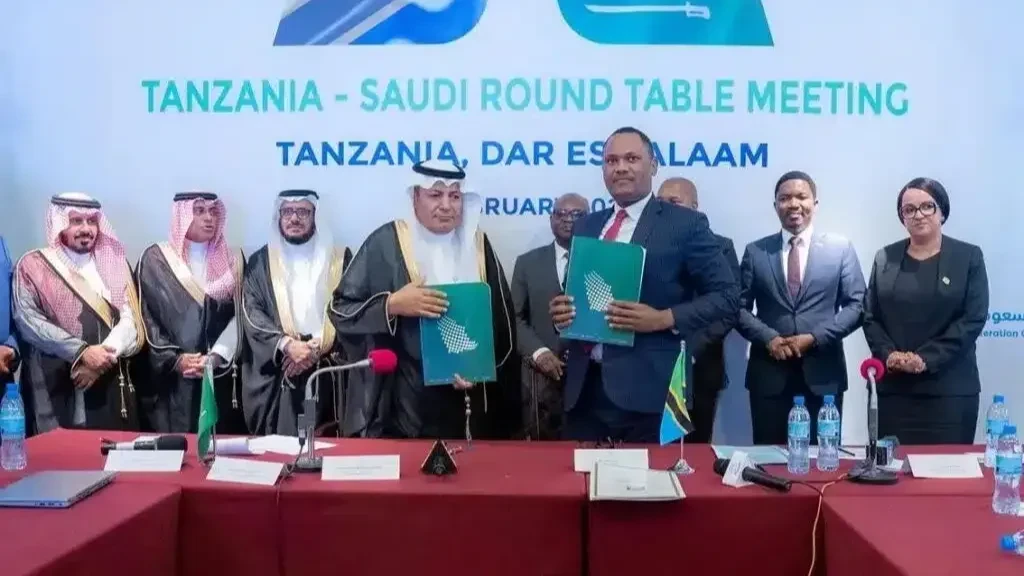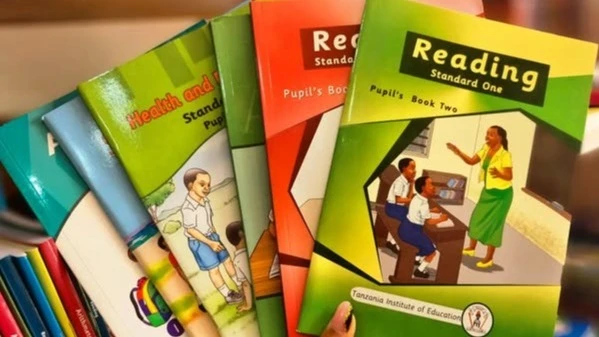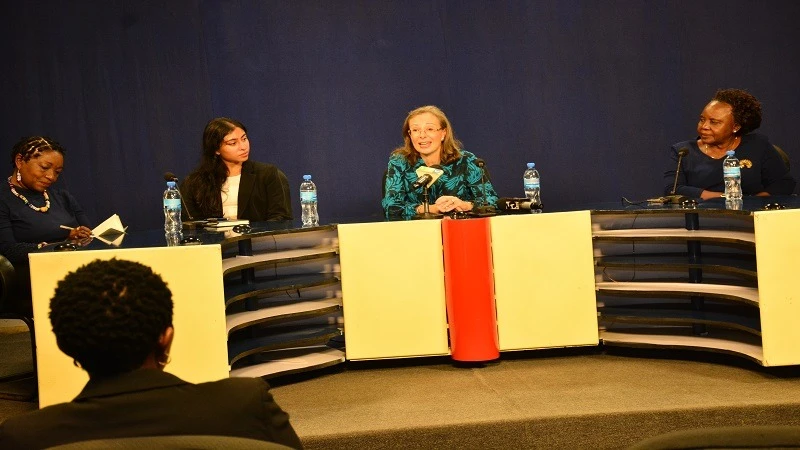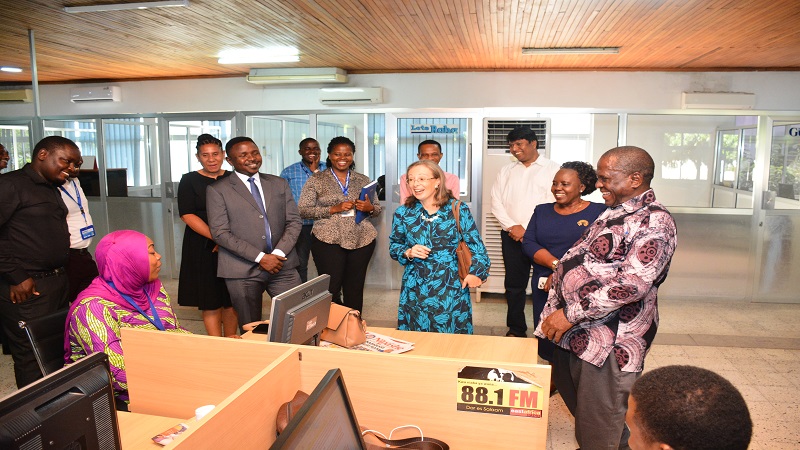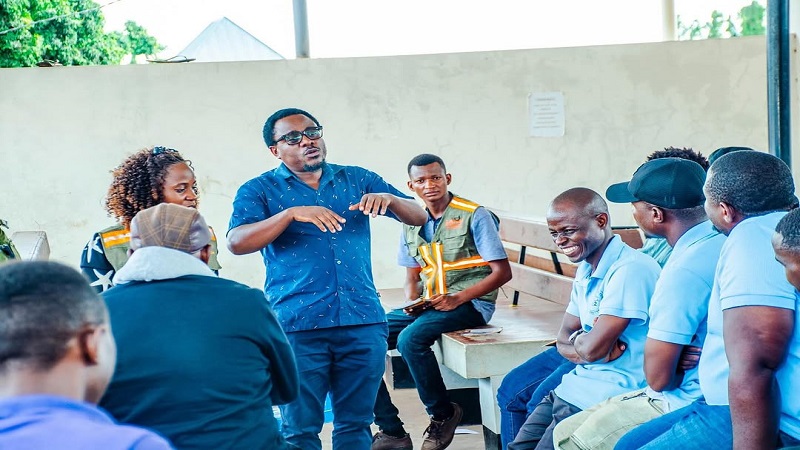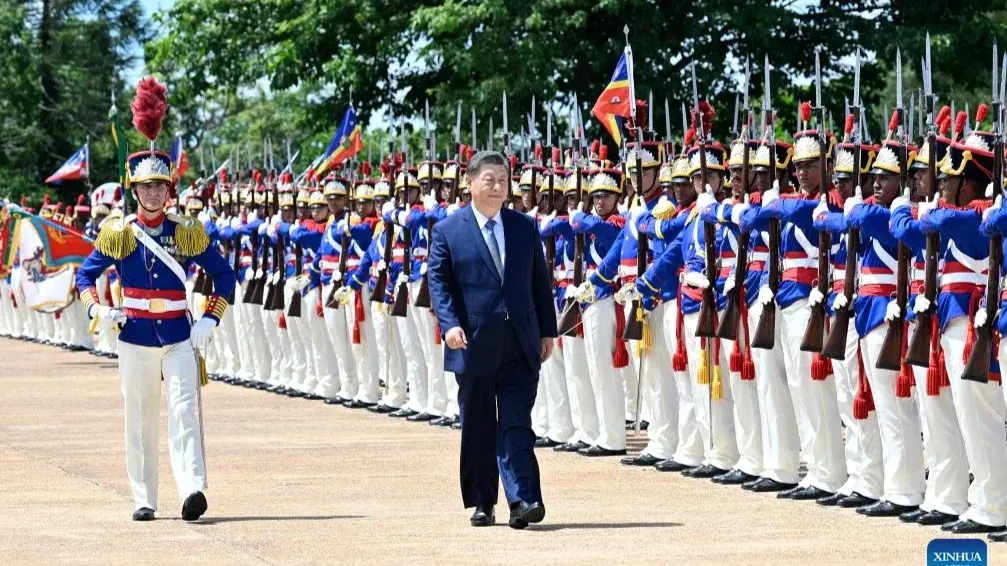TIE should retain its hegemony in writing books for schools
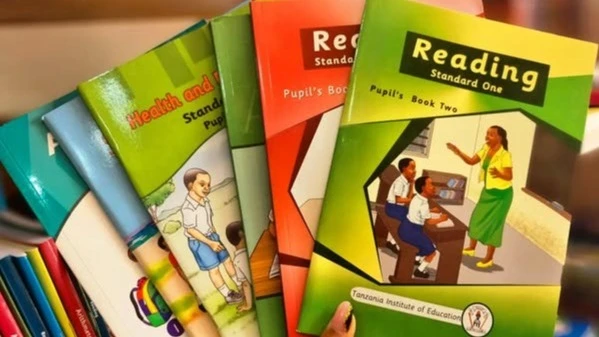
Tanzanian bookshops and libraries contain a diverse collection of books authored by both local and international writers. These books cater to a variety of readers with different purposes for reading.
Among the prominent local contributors to textbook writing is the Tanzania Institute of Education (TIE), responsible for producing textbooks for primary and secondary schools in both English and Swahili.
TIE's books are prioritized in the country's education system because they are developed by experienced and highly qualified educators. This underscores the necessity of ensuring that TIE books are accessible to all learners while allowing them to supplement their learning with other reference materials.
However, students have diverse interests and needs when selecting books. Ideally, the chosen books should be of high quality to enable students to achieve a certain level of competence. Reading is a time-consuming and energy-intensive process, making it essential for readers to engage with materials that enhance their knowledge effectively.
Through critical analysis, it becomes evident that books are written for two main purposes. The first is to disseminate knowledge, acknowledging its critical role in human development and socio-economic progress. Books serve as a medium to share information, ideas, and expertise with a broader audience. They help preserve knowledge and educate individuals, contributing to personal and societal growth.
The second is to advance knowledge, as new insights must be developed before they can benefit society. As author Robert Schuller suggests, knowledge must be discovered, nurtured, and harnessed for our improvement.
Books are also written to introduce new perspectives, theories, or discoveries. These works push the boundaries of existing understanding, fostering innovation and intellectual progress.
Both objectives of book writing serve a valuable purpose in society, addressing academic challenges and guiding various aspects of life. Learning, which influences how we navigate our lives, is never easy.
The hope remains that diligent reading will help individuals attain competencies that transform their lives, despite the costs associated with purchasing educational materials.
Challenges arise when writers create content for beginner learners using language and complexity suited for advanced scholars. While the content may be valuable, its organization and language level can deter readers, preventing them from fully grasping the intended knowledge.
The Tanzania Institute of Education, mandated to translate the national curriculum into textbooks, has the capacity to meet the needs of all learners.
Whether students require foundational knowledge or access to newly developed concepts, TIE is well-equipped due to the wealth of expertise at its disposal. Given this capability, TIE can effectively produce books for both schools and universities, tailoring content to match the cognitive abilities and learning objectives of different educational levels.
However, if a teacher requires a dictionary to understand a textbook, how can a struggling learner be expected to comprehend it? While a dictionary may assist with difficult vocabulary, it cannot resolve issues arising from complex content organization. Young learners, whose cognitive abilities are still developing, may struggle with unnecessarily intricate materials.
The government, through its education authorities, has consistently emphasized the importance of using TIE books to maintain standardization in education—an initiative worthy of praise. However, this objective could be undermined if TIE books continue to feature complex language and disorganized content, making them inaccessible to learners.
It is often said that recognizing a problem is the first step to solving it, and improvement is an ongoing process, given the dynamic nature of human intellect.
The government was correct in establishing an institution dedicated to curriculum interpretation and the production of relevant educational materials. Those who value the advancement of education will support the continued efficiency and effectiveness of TIE in fulfilling its mandate.
To enhance its impact and solidify its position in the market, TIE can implement two key strategies to address criticisms and ensure its books remain the preferred choice.
Firstly, the institute must use language appropriate to learners' comprehension levels. In Tanzania, English is primarily spoken in schools and learning institutions. Therefore, authors must consider students' proficiency levels when writing textbooks.
If the language used is too difficult, students may struggle to grasp the content, leading to ineffective knowledge transmission. A clear distinction must be maintained between textbooks designed for primary and secondary school students.
Secondly, TIE should focus on structuring content in alignment with learners' cognitive development. If students are unable to understand textbooks due to overly advanced or convoluted content, they may become discouraged from reading. This would ultimately undermine the objective of providing quality education in the country.
Readers are more likely to engage with materials they can comprehend. If writers fail to consider readability, there is a risk that key messages will be lost on the intended audience.
The success of a book lies in its ability to effectively communicate its message to readers. Consequently, the primary goal of any dedicated writer should be to drive positive societal change by delivering knowledge in a manner that is clear and accessible.
Teaching involves careful consideration of language and content organization in relation to the target audience. The critical question remains: Who are the readers?
Top Headlines
© 2025 IPPMEDIA.COM. ALL RIGHTS RESERVED



